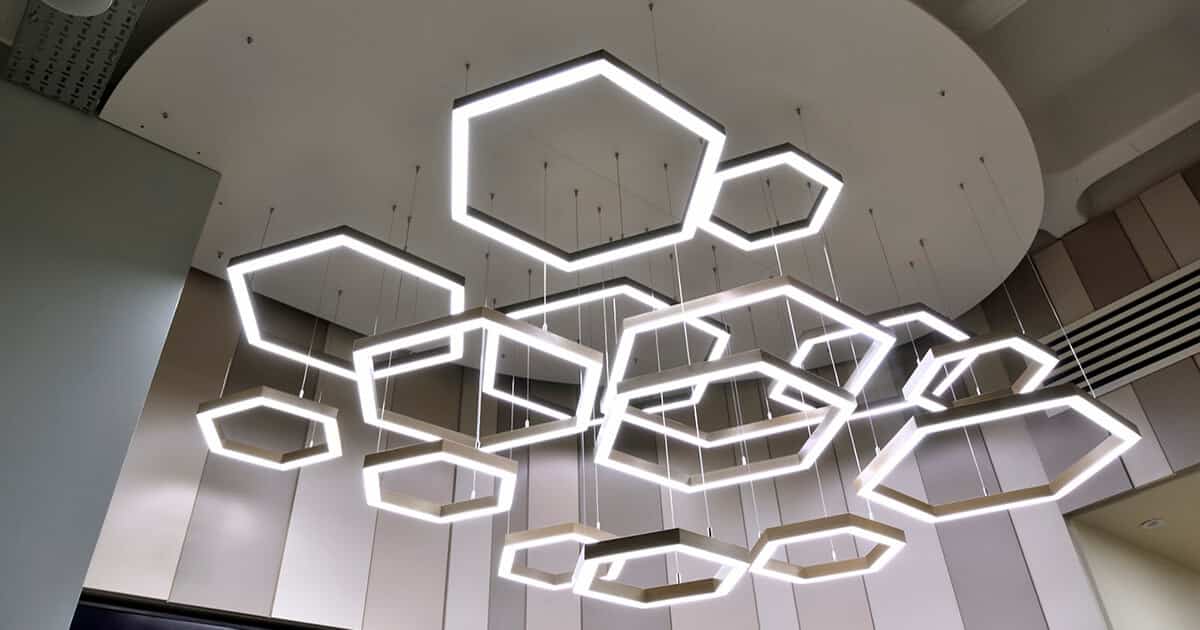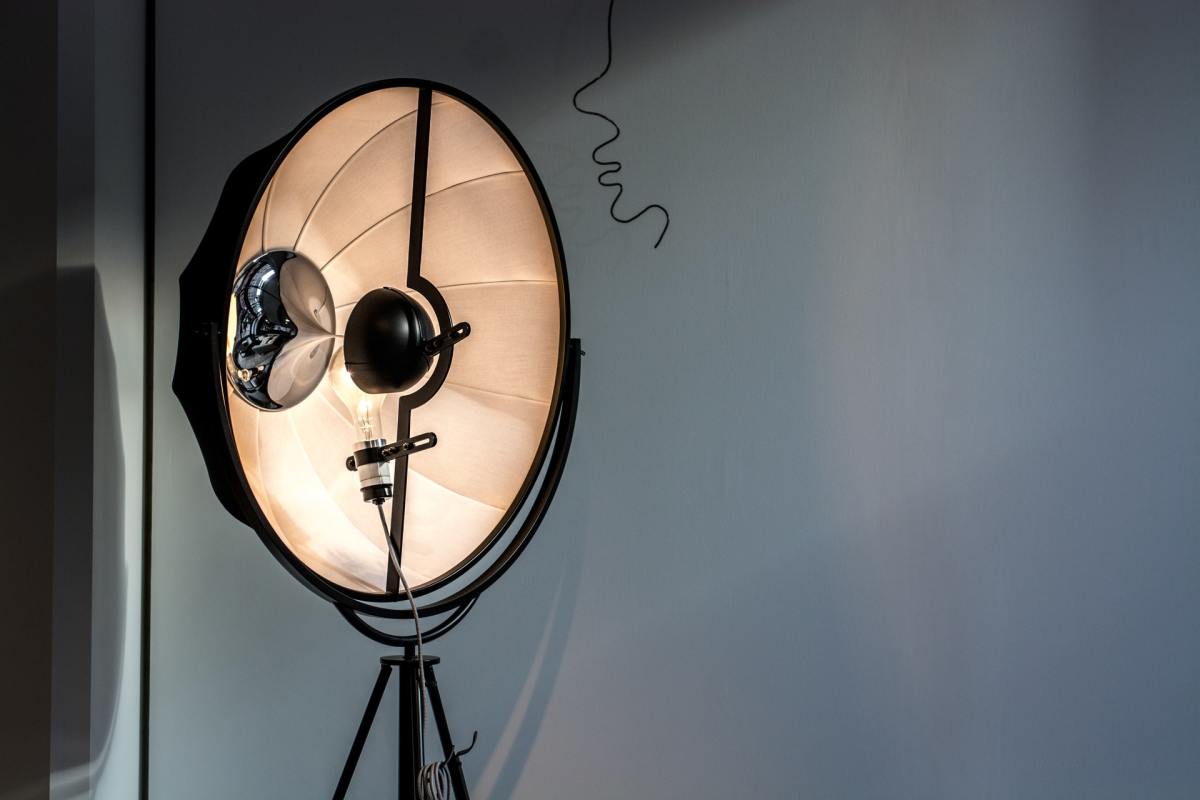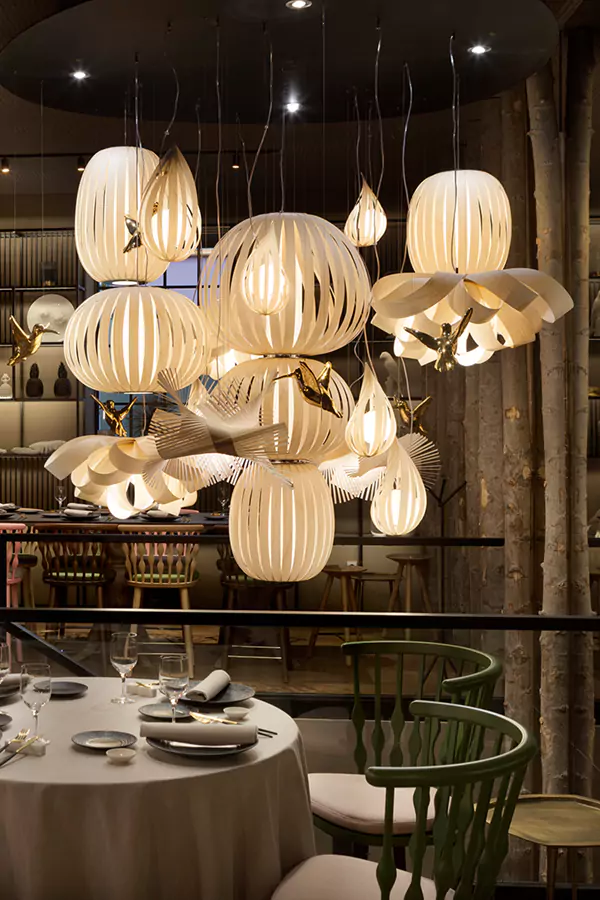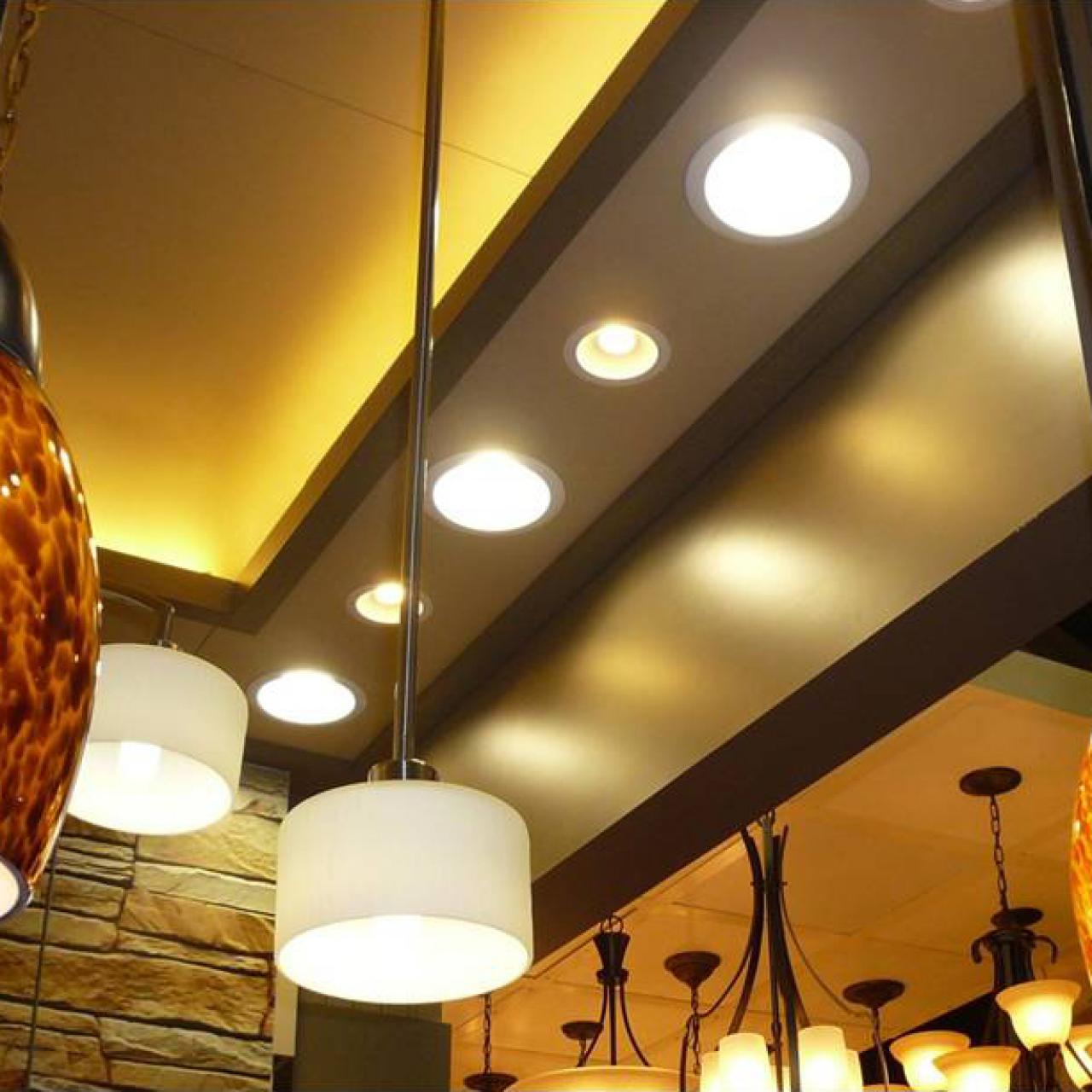“Bright Ideas: A Guide to Choosing the Right Lighting for Your Home”
Introduction:
Lighting plays a crucial role in setting the ambiance, enhancing functionality, and adding visual interest to your home. From illuminating living spaces to highlighting architectural features, choosing the right lighting fixtures and design can transform your home into a comfortable and inviting sanctuary. In this guide, we’ll explore various aspects of lighting design and provide tips for selecting the right lighting solutions to suit your needs, preferences, and style.
1. Understand Different Types of Lighting:
Before diving into lighting design, it’s essential to understand the different types of lighting and their purposes:
– Ambient Lighting: Provides overall illumination to a room and sets the general mood and atmosphere.
– Task Lighting: Offers focused illumination for specific activities such as reading, cooking, or working.
– Accent Lighting: Highlights architectural features, artwork, or decorative elements to create visual interest.
– Decorative Lighting: Adds aesthetic appeal and serves as a focal point or statement piece in the room.
2. Consider the Functionality of Each Space:
Identify the primary activities that take place in each room and tailor your lighting design to meet those needs:
– Living Room: Incorporate a combination of ambient lighting for general illumination, task lighting for reading or entertaining areas, and accent lighting to highlight artwork or architectural features.
– Kitchen: Install bright task lighting above countertops and work areas, as well as ambient lighting for overall illumination. Consider pendant lights or under-cabinet lighting to add style and functionality.
– Bedroom: Opt for soft ambient lighting to create a relaxing atmosphere, along with bedside lamps or wall-mounted sconces for reading or nighttime activities.
– Home Office: Prioritize task lighting to reduce eye strain and improve productivity. Position desk lamps or overhead lighting to minimize glare on computer screens.
3. Choose the Right Fixture Styles:
Select lighting fixtures that complement the architectural style and interior decor of your home:
– Modern: Clean lines, sleek finishes, and geometric shapes characterize modern lighting fixtures, such as pendant lights, track lighting, and recessed fixtures.
– Traditional: Ornate details, rich finishes, and classic silhouettes define traditional lighting styles, such as chandeliers, sconces, and table lamps.
– Transitional: Transitional lighting blends elements of both modern and traditional styles, offering versatility and timeless appeal. Look for fixtures with simple yet elegant designs and neutral finishes.
4. Pay Attention to Scale and Proportion:
Ensure that your lighting fixtures are proportionate to the size and scale of the room:
– Large Rooms: Opt for statement-making fixtures such as oversized chandeliers or pendant lights to fill the space and create a focal point.
– Small Rooms: Choose smaller-scale fixtures such as flush-mount lights or wall sconces to provide adequate illumination without overwhelming the room.
5. Layer Your Lighting:
Create depth and dimension in your home by layering different types of lighting:
– Combine ambient, task, and accent lighting to provide flexibility and versatility in each room.
– Use dimmer switches to adjust the brightness levels and create the desired ambiance for different activities and occasions.
– Incorporate natural light sources such as windows and skylights to enhance the overall lighting scheme and connect the indoors with the outdoors.
6. Embrace Energy Efficiency:
Choose energy-efficient lighting options to reduce energy consumption and lower utility bills:
– LED (Light-Emitting Diode) bulbs are highly energy-efficient, long-lasting, and available in a variety of colors and brightness levels.
– CFL (Compact Fluorescent Lamp) bulbs offer energy savings and are suitable for ambient and task lighting applications.
– Consider installing motion sensors or smart lighting systems to automatically adjust lighting levels based on occupancy and natural light levels.
Conclusion:
By considering the functionality of each space, choosing appropriate fixture styles, paying attention to scale and proportion, layering lighting, and embracing energy efficiency, you can create a well-lit and inviting home that reflects your personal style and enhances your quality of life. Whether you prefer modern, traditional, or transitional lighting designs, incorporating the right lighting solutions can make a significant difference in the look and feel of your home. With bright ideas and thoughtful planning, you can illuminate your home with style and sophistication, creating a warm and welcoming atmosphere for you and your family to enjoy.



